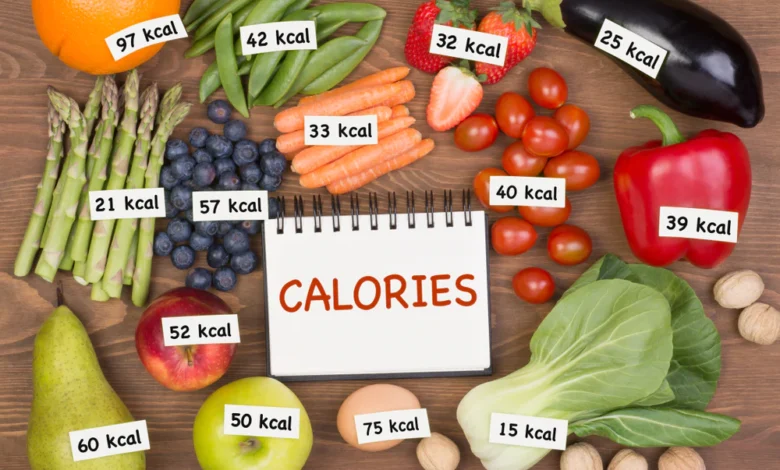Decoding the CICO Diet: A Closer Look at its Weight Loss Potential

The CICO (Calories In, Calories Out) diet has gained traction as a straightforward approach to weight loss, rooted in the fundamental principle of energy balance. This diet revolves around the concept that weight loss occurs when the calories consumed are fewer than the calories expended. In this comprehensive guide, we’ll delve into the intricacies of the CICO diet, exploring its principles and assessing its weight loss potential through informative bullet points.
Understanding CICO:
- Caloric Balance: The CICO diet centers on the principle of maintaining a balance between the calories consumed through food and beverages and the calories burned through physical activity and metabolism.
- Energy Deficit: Weight loss is achieved by creating a calorie deficit, where the body burns more calories than it takes in, prompting the utilization of stored fat for energy.
Key Components of the CICO Diet:
- Caloric Awareness:
- Tracking Intake: The CICO diet emphasizes tracking daily caloric intake, often through apps or journals, to foster awareness of eating habits.
- Educated Choices: Understanding the caloric content of foods empowers individuals to make informed choices, promoting mindful eating.
- Portion Control:
- Balanced Meals: Focus on portion control to avoid overconsumption. Balanced meals, consisting of proteins, carbohydrates, and fats, contribute to satiety.
- Avoiding Mindless Eating: Being mindful of portion sizes helps prevent mindless snacking and promotes a more conscious relationship with food.
- Caloric Expenditure:
- Regular Exercise: Incorporate regular physical activity to increase caloric expenditure. A combination of cardiovascular exercises and strength training enhances overall fitness.
- Lifestyle Movement: Beyond formal workouts, integrating movement into daily life, such as walking or taking the stairs, contributes to overall calorie burning.
- Flexibility in Food Choices:
- No Restrictive Diets: The CICO diet does not restrict specific food groups. Instead, it encourages moderation and flexibility, allowing individuals to enjoy a variety of foods within their caloric limits.
- Sustainable Approach: By not imposing strict dietary rules, the CICO diet promotes long-term sustainability and adaptability to individual preferences.
Critiques and Considerations:
- Nutrient Quality: While calorie counting is integral to the CICO approach, the diet may overlook the importance of nutrient quality. Focusing solely on calories might neglect essential vitamins, minerals, and overall nutritional value.
- Metabolic Variability: Individual metabolic rates can vary, influencing how the body utilizes calories. Factors such as age, genetics, and hormonal fluctuations can impact metabolic efficiency.
Effectiveness of the CICO Diet:
- Weight Loss Success:
- Scientific Backing: The CICO diet aligns with the fundamental principles of thermodynamics, supported by scientific evidence demonstrating that a sustained calorie deficit leads to weight loss.
- Individual Variability: Success with the CICO diet varies among individuals, depending on factors such as adherence, metabolism, and overall lifestyle.
- Challenges and Pitfalls:
- Overemphasis on Quantity: Some critics argue that the CICO diet may overemphasize quantity over quality, potentially leading to a focus on low-nutrient, calorie-dense foods.
- Sustainability Concerns: The meticulous tracking of every calorie consumed may be challenging to sustain in the long term, raising concerns about the practicality of the diet.
Tips for Implementing the CICO Diet Effectively:
- Educate Yourself: Understand the caloric content of common foods and beverages to make informed choices.
- Use Tracking Tools: Utilize apps or journals to track your daily caloric intake and monitor your progress.
- Prioritize Nutrient Density: Opt for nutrient-dense foods to ensure that your body receives essential vitamins and minerals.
- Combine with Exercise: Integrate regular physical activity to enhance caloric expenditure and support overall well-being.
- Be Mindful: Practice mindful eating to foster a healthy relationship with food and avoid emotional or impulsive eating.
Conclusion:
The CICO diet offers a straightforward and evidence-based approach to weight loss by emphasizing the fundamental principle of energy balance. While its effectiveness is supported by scientific principles, it’s essential to approach the diet with a balanced perspective, considering factors like nutrient quality, metabolic variability, and long-term sustainability. By understanding the principles and incorporating mindful practices, individuals can harness the potential of the CICO diet as a tool for achieving and maintaining a healthy weight. Remember, the key to success lies not just in counting calories but in cultivating a holistic and sustainable approach to overall well-being.




